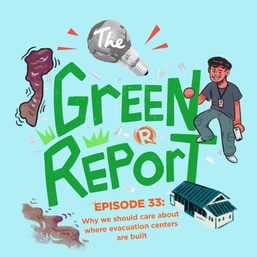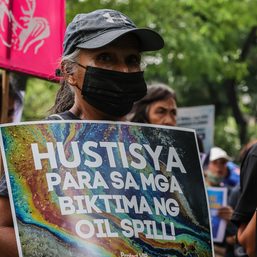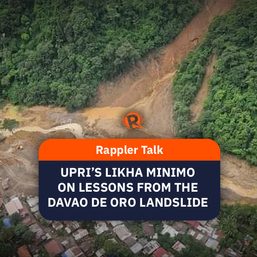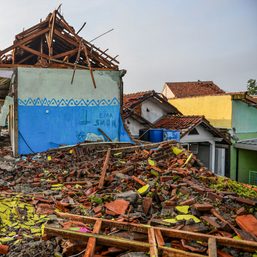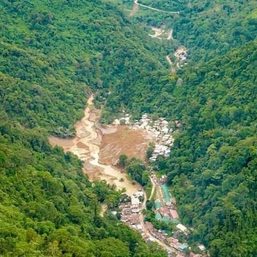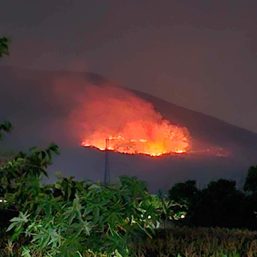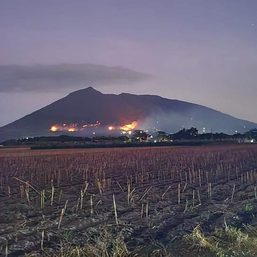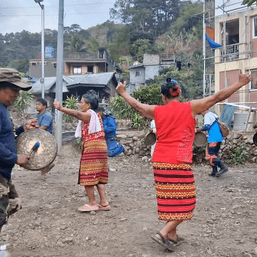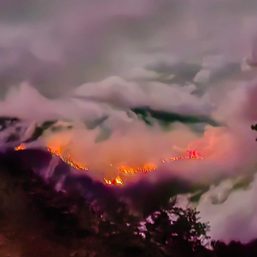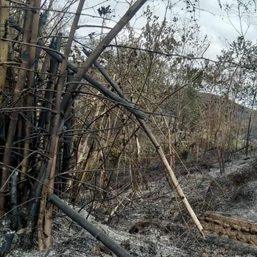Thousands of residents fled a city in northern California on Wednesday, August 19, as a series of fast-moving wildfires spread across the state, burning dozens of homes and structures.
The fire outside Vacaville – a city of about 100,000 residents located between the state capital Sacramento and San Francisco – is part of a series of blazes that have scorched nearly 50,000 acres (20,200 hectares) in the region in recent days.
“If you’re asked to evacuate, please do so SAFELY,” Vacaville police said on Twitter.
“Practically every single first responder unit in town is actively working to safely notify, evacuate and fight the fires, so our residents are safe.”
Some residents of Vacaville heeded the evacuation orders dressed only in their pajamas, as the flames surged across roadways and gas lines exploded at several residences.
Multiple people suffered burns as they ran for their lives.
Fire crews could be seen struggling to protect homes from the flames and rescuing animals, some of which did not survive.
Fire officials said the blaze was 0% contained early Wednesday and threatened some 1,900 structures in the area.
One woman described fleeing the inferno with her husband, who suffered burns in his car and was forced to abandon the vehicle.
“I had all these flames on me and I lost my shoe but I made it,” she told the local NBC station. “God saved me.”
The group of fires – known collectively as the LNU Lightning Complex fires and taking place as the state faces a torrid heat wave – has so far destroyed dozens of buildings or structures in several counties, including the famed wine regions of Napa and Sonoma.
Governor Gavin Newsom has declared a state of emergency to facilitate the release of emergency funds.
“CA has experienced 10,849 lightning strikes in the last 72 hours and WORLD RECORD heat temperatures,” Newsom said in a tweet. “We’re currently battling 367 known fires.
“Grateful for our firefighters, first responders, and everyone on the frontlines protecting Californians during this time.”
He said fire departments in nearby states, including Nevada, Arizona and Texas, were sending reinforcements to help fight the wildfires.
Scorching heat
The LNU Lightning Complex fires were sparked by lightning storms in the Bay Area on Monday and Tuesday, dealing a blow to regions such as Napa and Sonoma still recovering from similar devastating blazes in recent years.
The wildfires are spreading largely uncontrolled, fueled by the record-breaking heat and low humidity.
In the past week, California’s Death Valley has been experiencing historic high temperatures, with the mercury rising as high as 130 degrees Fahrenheit (54.4 degrees Celsius).
Nearly 45 million people across the western United States were under an excessive heat warning or heat advisory Wednesday.
The scorching temperatures have put a massive strain on the state’s power network, with blackouts leaving some 30,000 people without service, according to Poweroutage.us.
Last week, brush fires near Lake Hughes, just north of Los Angeles, burned more than 10,000 acres and prompted the evacuation of 500 homes.
Wildfires have become more frequent and bigger in California in recent years, in part driven by climate change.
The deadliest fire in the state’s history – the Camp Fire – took place in northern California in November 2018 and killed 86 people.
Also Wednesday, Washington state Governor Jay Inslee declared a state of emergency over a series of wildfires.
“Wildfires are threatening the safety and livelihoods of Washingtonians all across the state,” Inslee said in a statement.
“And the COVID-19 pandemic has put additional strain on our resources, as some of our usual support is further limited due to international movement restrictions.”
Several major wildfires were also burning in the state of Colorado, where hot, dry conditions were fueling the flames. – Rappler.com
How does this make you feel?

